Somebody clearly able to multitask – logging into Tumblr as they engage in their art, with a coffee on the side. Surrounded by their passions and devices, this is not too unfamiliar for the internet users of today.
In the first article in this series, we looked at Caroline Young’s interpretation of a ‘post-9/11’ response to fashion. Here, I would argue that a post-2008 recession angle is equally as riveting — an event that millennials and some Gen Z remember and can place within a particular context. However, the cultural shifts that followed were not as direct and simple as rising and falling heel lengths, but rather a systematic change in how we socialised and became socialised. Technological developments revolutionised how people formed subcultures, from split underground circles to united online caverns of expressive movements.
The 2008 recession in the West spurred instability among the young, weakened the ‘American Dream,’ and laid off millions of people. Meanwhile, another superpower was on the incline.
Apple and the Tech Bro
While I have no memory of the release of the iPhone in 2007, I do remember the novelty of owning an Apple product at the turn of the decade. As industries such as retail, publishing, and construction took massive hits, the dream of the tech developer became more attractive than ever. Post-recession, Apple’s shares fell drastically, but persisted and flourished thanks to its iPhone 3GS. With Steve Jobs heading Apple’s success, and emerging silicon valley ‘tech-bros’ such as Mark Zuckerberg making headlines, the remaining optimism fell on these giants: the future of tech and, as importantly, the internet.

From chunky computers that weighed a house to the world at one’s fingertips, the internet had massive potential. It made the world smaller, making access to information and social contact faster and easier than ever before. From 2008 to 2010, Facebook users increased five-fold, from 100 million to 500~ million. This was the beginning of social media’s dominance as we know it today.
Nerd Culture Becomes Cool?
Coincidentally (or, perhaps there is a greater link here), the same era saw nerd culture become… well, cool. Or at least, cooler than it had been. The cute girl at the back of the class could probably get away with liking anime. Your mate at your night shift keeps raving about the in-game universe of Portal. The Big Bang Theory (2007-2019) and Scott Pilgrim (2009) turned background geeks into seemingly sympathetic main characters, while the MCU hit the big screens with Iron Man (2008), catering to mainstream audiences. Marvel’s MCU is now the highest-grossing film franchise of all time.
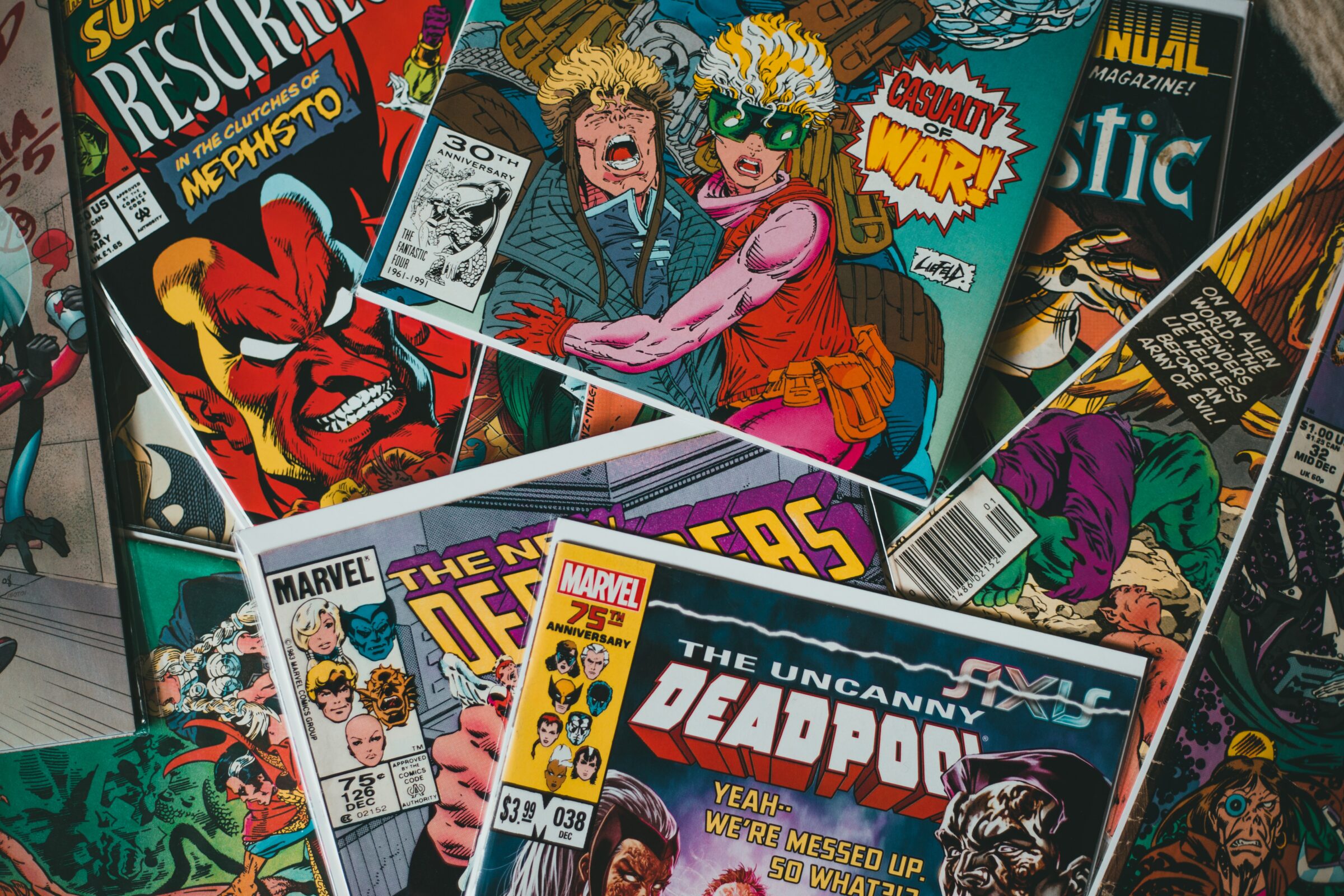
In fact, the markets have capitalised on nerd culture so much, that it is not unheard of for someone or their friends, or friends of friends, to own a funko pop or DnD merch. The consumerist nature of managing collectibles, attending conventions, buying games and other forms of leisure ensures that the masses are entertained amidst vaguely apocalyptic political climates. It is almost as though marketing yourself in relation to the franchises you like and the media you consume has something to do with the individualisation of self-expression…
This is the inevitable point where we talk about Tumblr.
We’ve talked of the internet. We’ve talked of nerd culture. Now, what ensues when you combine them together?
Tumblr, Fandom, and Aesthetics
Anyone terminally online in the early 2010s will probably remember Tumblr’s role in establishing fandoms, fanfiction, fanart, and fanships. The entire community was a breeding ground for fanworks beneath the tip of the iceberg of Facebook and Youtube. Being a social media platform, Tumblr possessed a more communal aspect than other fanfiction sites, in which friendships formed and discourse threads thrived. ‘Superwholock’, a union of Supernatural, Doctor Who, and Sherlock flooded the site and satisfied people’s enjoyment of quirky white guys and shippable companions on a mission. Harry Potter, Homestuck, and the Phandom were other known spaces for young people to creatively explore their love for said media.
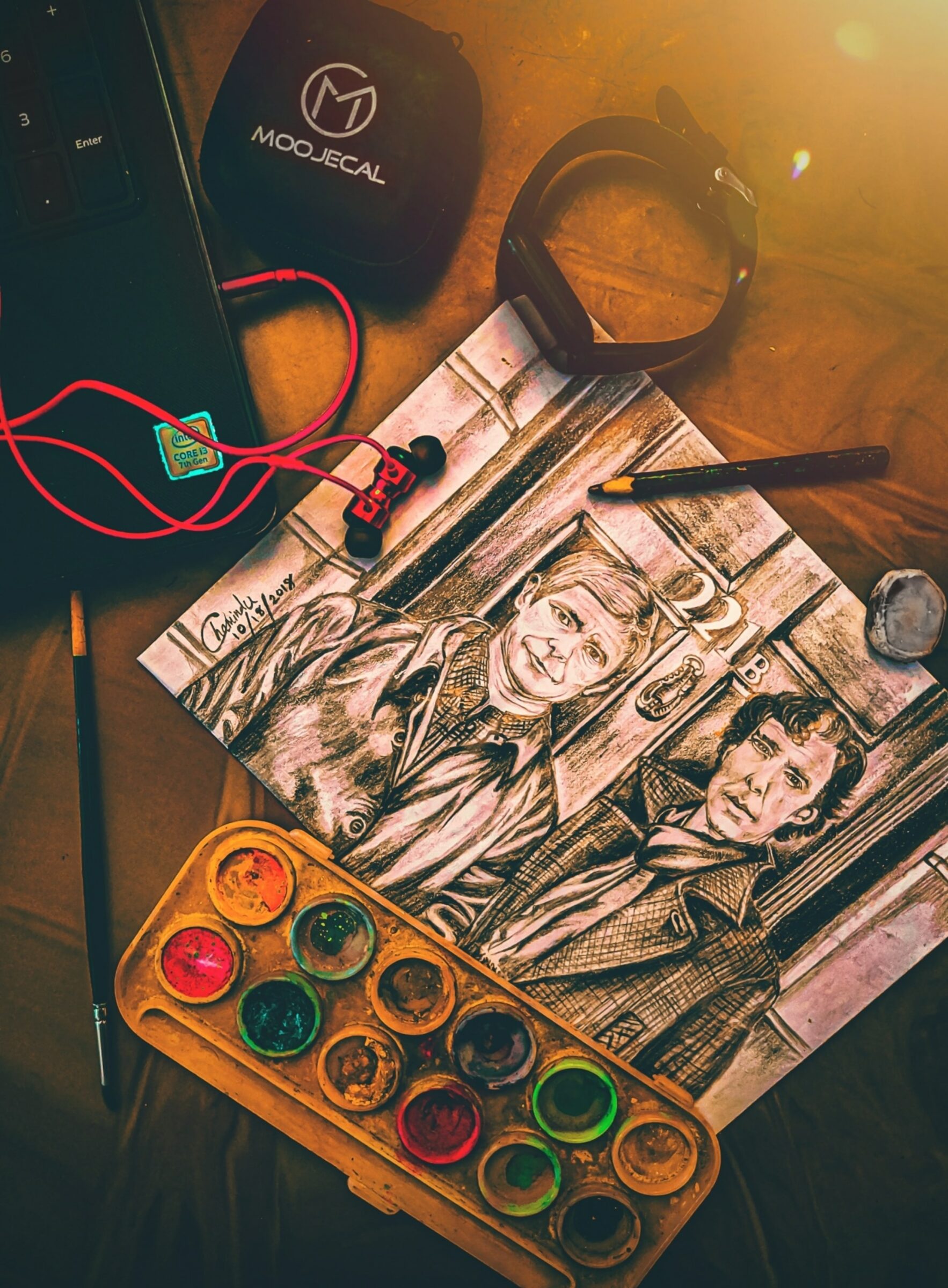
However, beyond this world of skinny British men and queer fanfiction, another Tumblr phenomenon emerged from its artistic depths.
Styles were changing. What encapsulated the Y2K and McBling eras disgraced the formative years of the 2010s. Twee girls and boho hipsters distanced themselves from their older sisters, and fashion became an identifier of what space you belonged to – especially on the internet.
Nowadays, this is more known as the cult of the Aesthetic.
Pinterest already had its monster-grip on moodboards, but it was Tumblrs’s community-building aspect that gave these aesthetics their cult followings. By 2014, ‘grunge’ photography depicting street art, graffiti, polaroids of youth groups, and song lyrics against grid backgrounds established the blueprint of the ‘grunge aesthetic’.
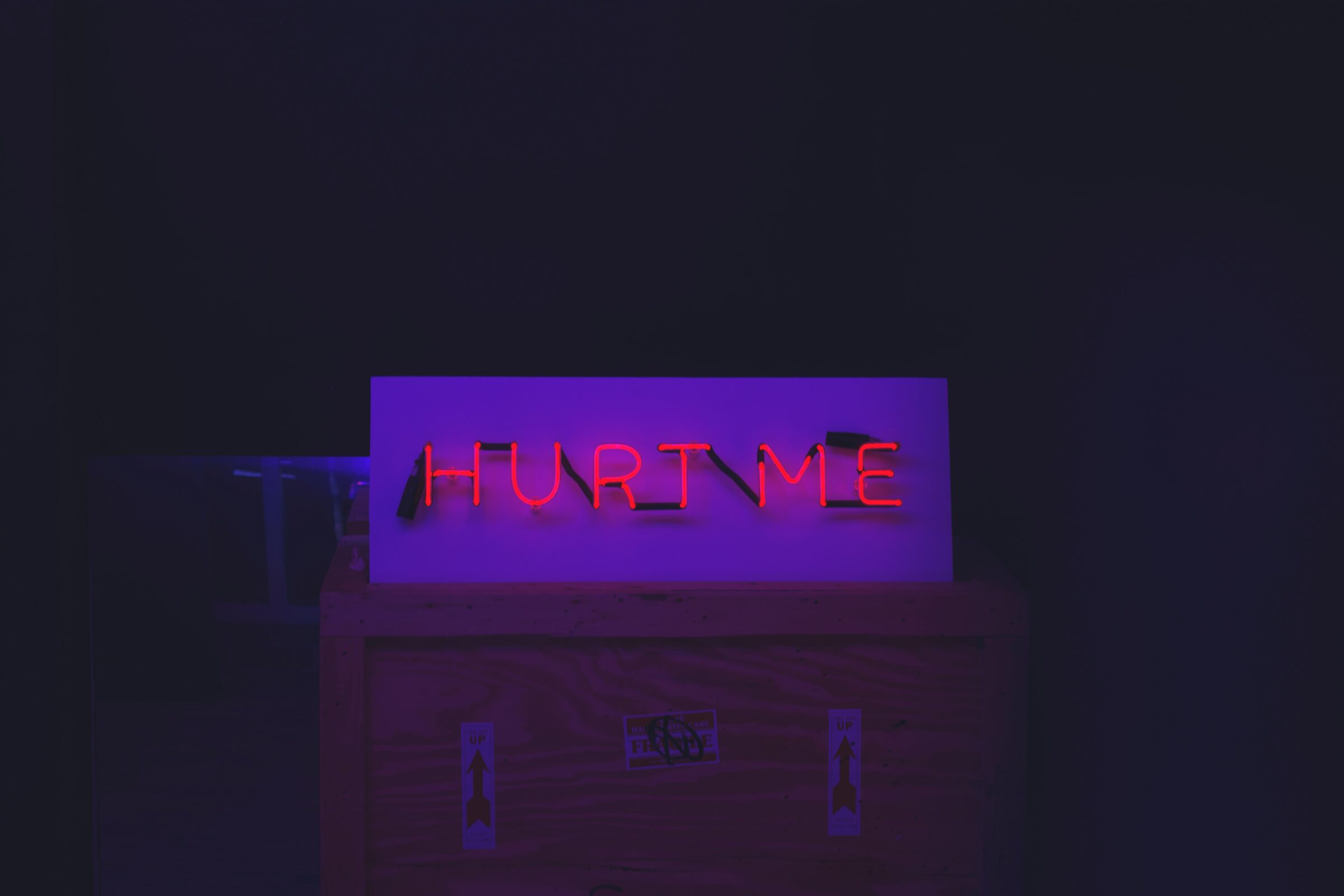
This was a different flavour to 90s grunge. Feminine influences such as Lana Del Rey and Melanie Martinez initiated a ‘sad-girl’ undertone to the movement, grabbing teen girls from every corner of the internet. De-establishing from its Nirvana and sludge-y roots, Tumblr grunge manifested an ethereal, tragic spin on its revival. Fishnet tights, leather jackets, converse, chokers, and ripped jeans or skater skirts compiled the classic head-to-toe black ensemble – though, it was not uncommon by 2016 to adopt pastel elements as well.
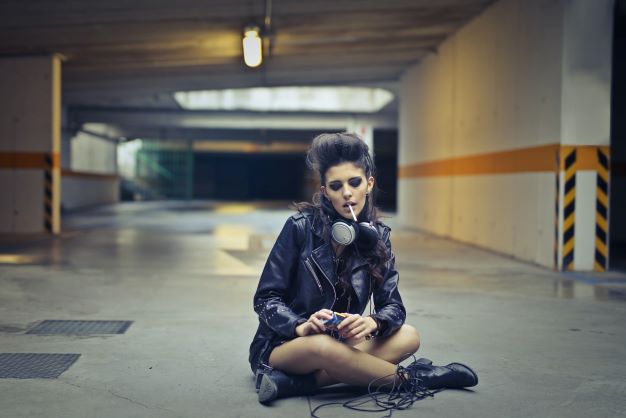
The grunge aesthetic was a driving factor in the evolution of internet aesthetics we are surrounded by today. Additionally, the middle of the 2010s marked the eventual rise in 80s and 90s nostalgia, with Tumblr Grunge diverging into pastel grunge and even vaporwave-grunge – Vaporwave being a niche music and art genre that satirised 80s and 90s pop culture. Deeper into the 2010s, indie bands such as Blossoms, The Garden, and Mac Demarco capitalised on this jangle poppish, shoegazing trend and have become icons in the indie music scene.
With indie aesthetics reigning supreme over those with alternative-led interests, this was the primordial soup for TikTok’s booming subcultures. Cottagecore and Dark Academia would see themselves growing as popular Tumblr hashtags, while E-kids took inspiration from the 2010s grunge fashion, alternative styles, and Japanese makeup trends to platform their new look.
Younger generations looked at these hashtags, mood-boards, and photography surrounding the importance of the aesthetic and the individual, and created entire movements from them. A brave new world could be encapsulated within a photo, a phone background, or a selfie. These aesthetics shared something in common: a dreamy, nostalgic yearning; aspirational while simultaneously an example of a ‘simpler time’. When I see the Aesthetics phenomena of the 2010s, I see young people on a quest to find themselves, differentiating the individual within the online subculture from others, imagining a more picturesque reality than their sun-blocked bedrooms and lengthy schooldays.
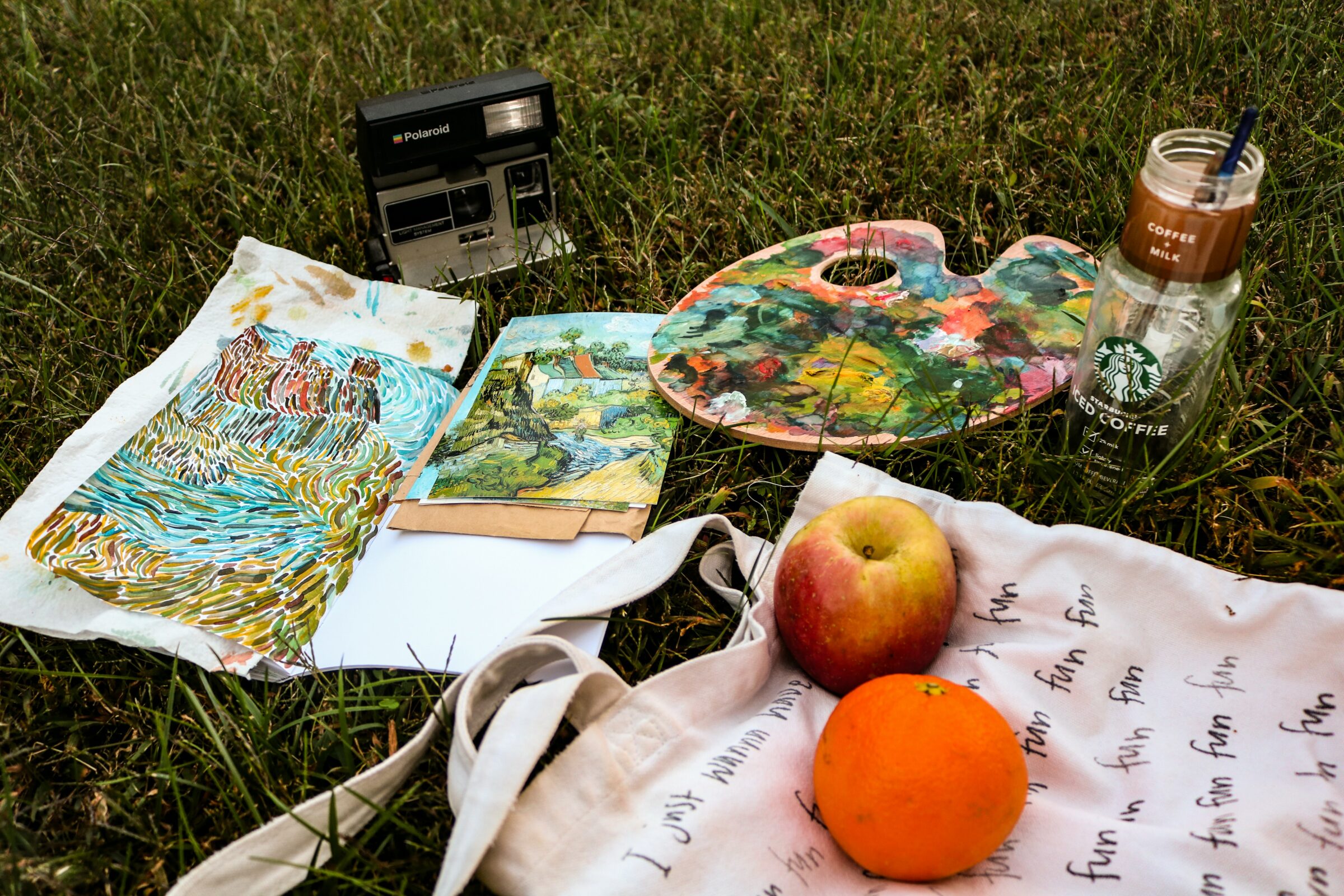
What’s Next?
In the final article, I will look into how the covid pandemic encouraged the shortening of trend cycles and the fashion industry’s effect on the environment. Microtrends have been covered somewhat in the commentary community; I aim to explore how we can heal from this consumerist mindset, and keep the environment in mind with our purchasing choices. I’m no fan of blaming the individual for the industry’s ills – however, what Marie Kondo has taught a generation about possessions and waste will always somewhat contribute to easing outcomes.
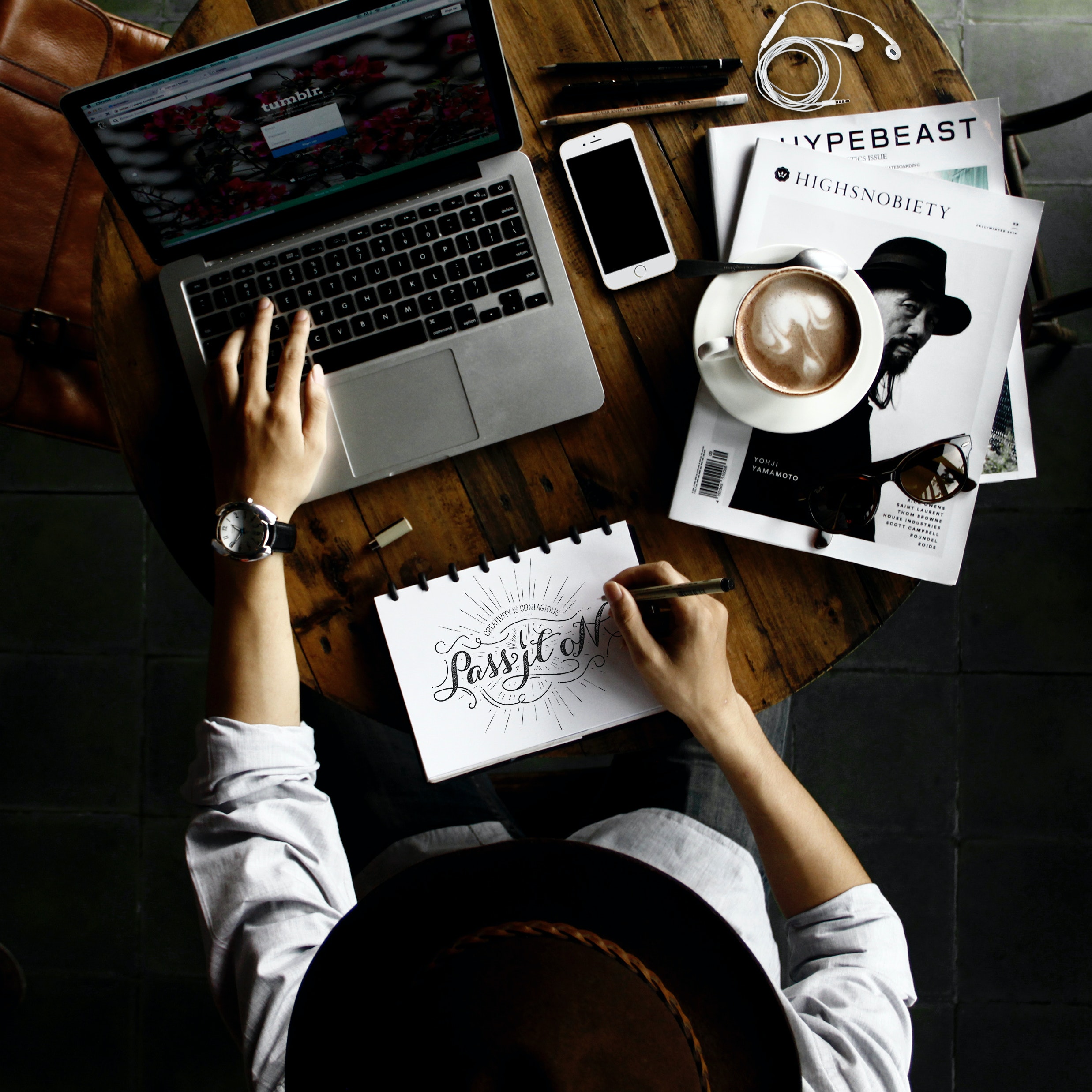


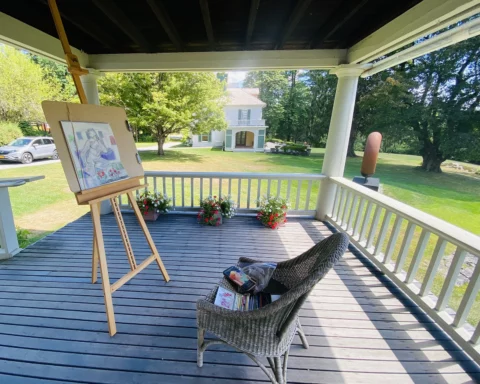
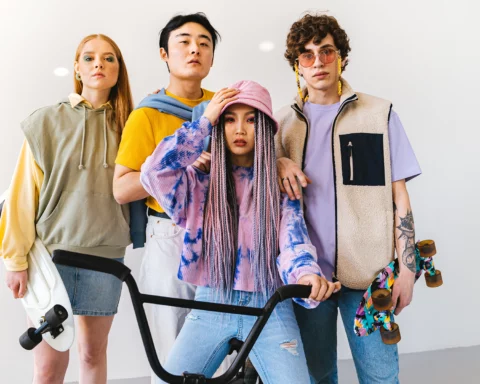
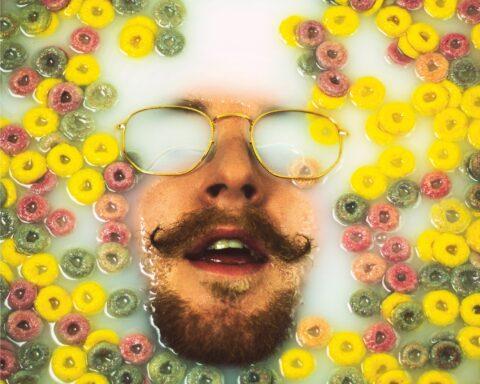
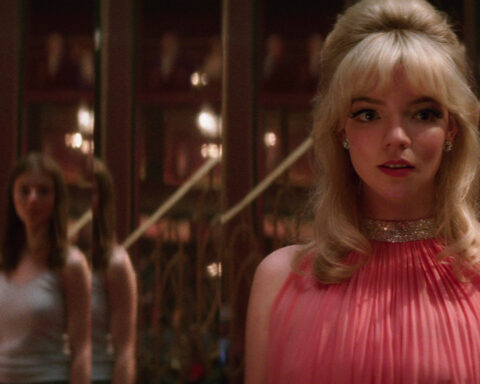
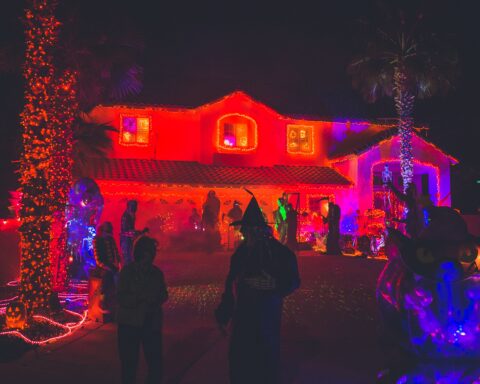









You must be logged in to post a comment.